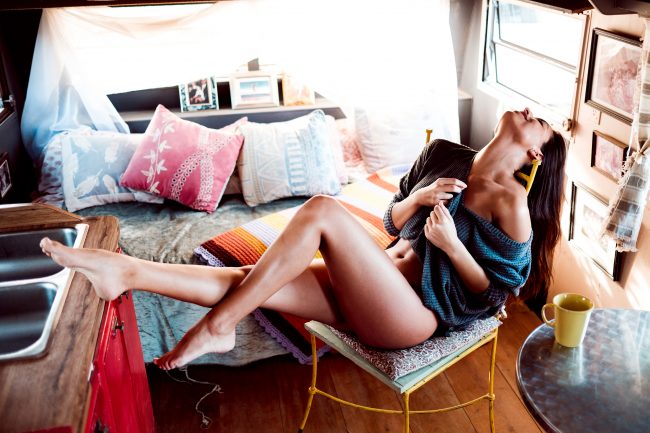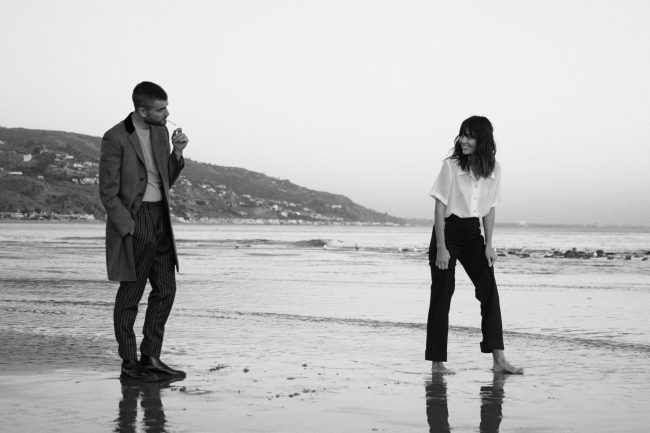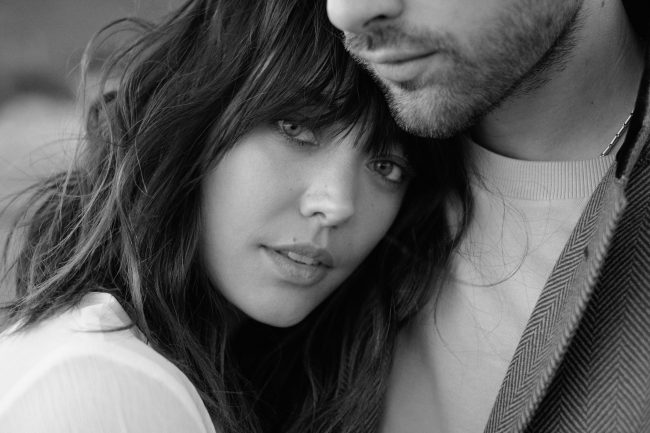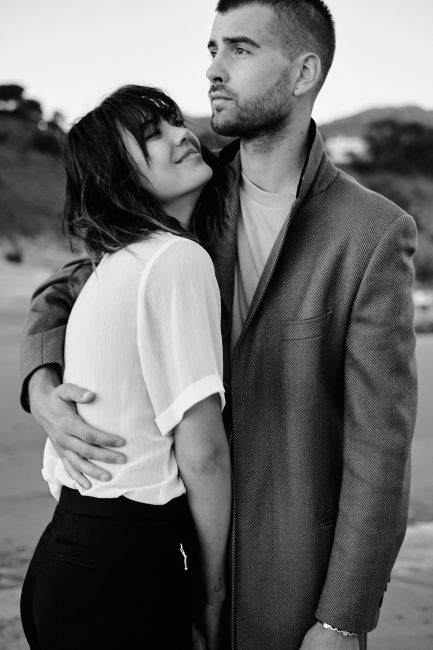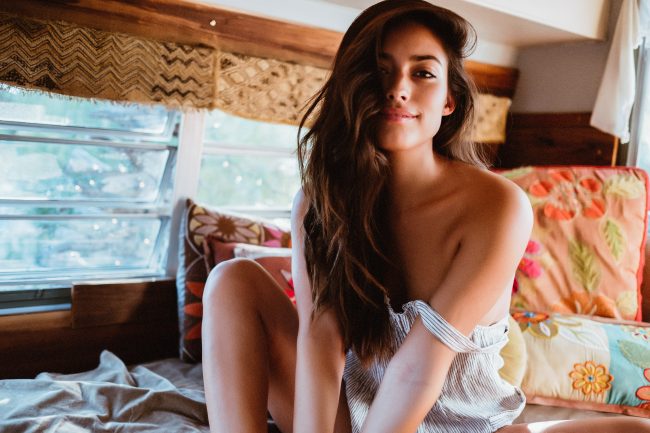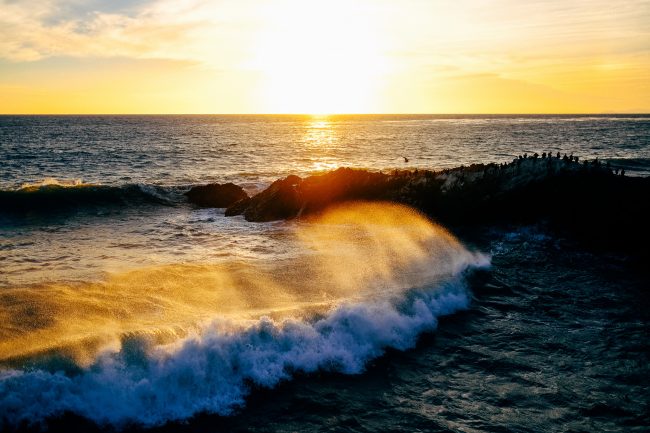Equipment
How the Fuji X-Pro2 Resparked my Passion for Photography
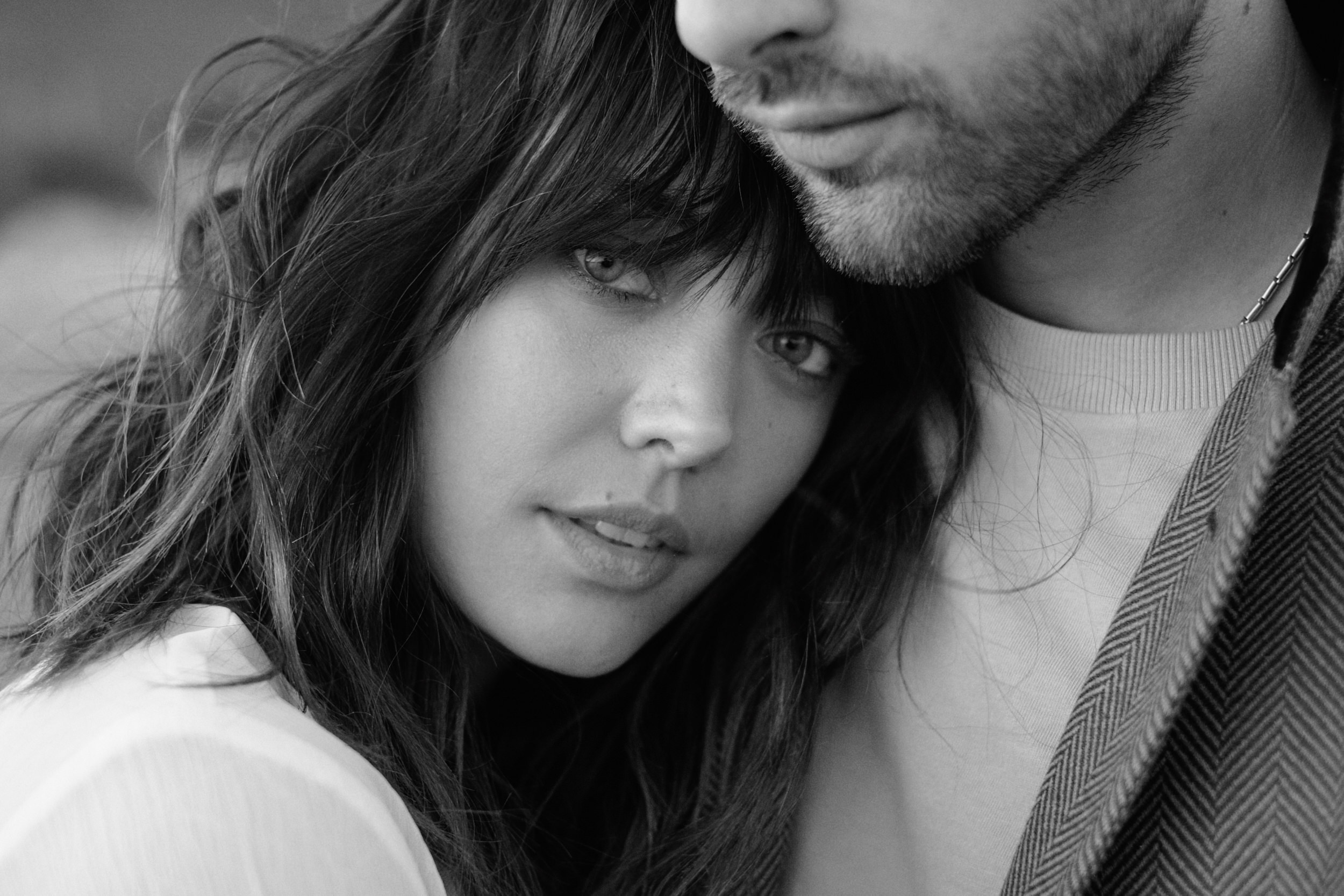
Sometime before I started taking photos for a living as a commercial lifestyle photographer, I spent most of my time taking pictures of things for fun. During that period, I fell into a mind frame that if one lens was good, then a half-dozen or so lenses and a couple of bodies must be better. The more gear I had, I thought, the more prepared I was and the more prepared I was, thus the better photographer I would become. Needless to say, I was somewhat mistaken.
In 2014, after some years shooting for fun mixed in with a few paid jobs here and there, and a lot of hopeful dreaming, I decided I’d reached my “go/no-go” point. Without really any planning and not a lot of clients, I quit my day job and dedicated my time to becoming a successful, full-time photographer.
Admittedly, it was rough. During the time, when money got tight (and it got tight), I had the benefit of having an abundance of gear that I could part with for cash. By the end of my first year, with the majority of my gear sold off to survive, I realized that the necessity of having to pare down my setup was one of the best things that could have happened. In less than a year, I went from two camera bodies and seven lenses to one body and three lenses.
Since that time, I’ve managed to move things in the right direction and have been fortunate enough to land some incredible clients who keep bringing me back year after year.
As is the way when things start going well, one of the first things I needed to do was upgrade my outdated equipment. After a ton of research and an in-depth reflection on the type of work I shoot and what I want to be shooting in the future, I decided that my Canon 5d3 was to be replaced with a Canon 1Dx. My lenses, Canon 24-70mm f/2.8 Mark I and Canon 70-200mm f/2.8 Mark I were also replaced by their respective mark II versions. The one lens I did keep, my Canon 35L f/1.4 Mark I, I kept because, despite a newer, sharper version being released, I’d shot so many of my favorite images on it, that I found it difficult to part with.
At that point, I was set. I was down to the bare minimum. And then something funny happened. I realized that I loved it. No longer did I spend an unnecessary amount of time looking through my kit for the right lens. If I didn’t have it, I didn’t need it. And, if I’m honest, I believe my work flourished as a result because I was able to set aside the minor detail of what to shoot with and focus in (ha!) on the most important detail which was, of course, making the photo.
Beyond anything else, I was happy, for the first time, with my camera set up. The work was coming in, the clients were responding well, and my social media was getting the action I felt it deserved. But something was missing. Everything on paper looked great. My year was shaping up to be the best it possibly could, but deep down was an anxiety there. Something was building, and it didn’t feel right.
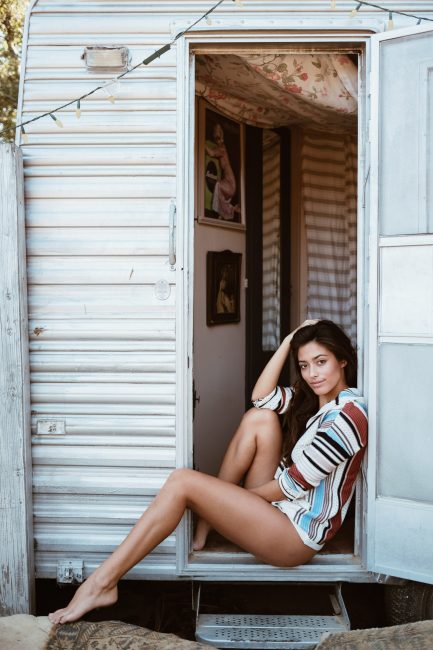
If the last few years of shooting full time have taught me anything, it’s that we often spend our time vacillating between completely content and completely overly-anxious. Sometimes a few months ago, I began to feel a period of overly anxiousness approaching, and I didn’t quite know what it was stemming from.
I took inventory and decided that in all the hurry to get my photography career in place and build upon it; I’d somehow forgotten to keep some of it for me. What I mean is, while it’s one of the biggest blessings in my life to be able to do what I love and have people pay me for it, at the end of the day, I was selling it all away. Personal photos aside, I had nothing of the creative sort that was mine and mine alone.
I thought back to how much I used to love taking my camera with me and shooting birds, trees, flowers, sunsets, dogs, people, etc. I used to take my camera on long drives to the desert or the beach and sit for hours just looking for interesting things to photograph for my personal enjoyment. On the one hand, it was a hobby; I thoroughly enjoyed, and on the other, it was a pressure release valve which helped me to get through the stress of another day.
I decided that I was going to start taking my camera with me everywhere. I had some friends who did that, and I always remember enjoying their photos. They were snaps, mostly, but they were true; honest, unadulterated, slice-of-life type images which held tremendous value as memories. I missed that. I wanted that.
I soon realized that carrying around a Canon 1DX and 24-70mm (or even the Canon 40mm pancake) wasn’t the best way to find my way back home again. I decided I need to look elsewhere. I had a couple of good friends who were big fans of the new stock of mirrorless cameras that seemed to be everywhere. I had looked at them in the past, but at the time I wasn’t in a buying mode, and anything beyond my current needs for work seemed excessive.
Eventually, I got over my fear of mirrorless and after some comparison shopping and testing (and a lot of late-night Facebook messages to a couple of friends), I decided on a Fuji X-Pro2 with the Fuji 35mm f/1.4.
I won’t get into the technical aspects of the Fuji X-Pro2 because there are a literal ton of reviews online all of which will do a better job at describing this masterpiece of a camera than I have space or the desire to do here. But – briefly – I was initially sold on the retro design, the ease of use, and its overall portability. As I mentioned, I had originally planned on keeping this camera as my ‘street’ camera – something that I would take with me on day trips which gave me image quality somewhere between my 1Dx and my iPhone.
After a few weeks of using the camera, something interesting began to happen. In the past, I’d never think of bringing my Canon 1Dx along with me; it was just too conspicuous, too heavy, and too expensive to tote along while I grabbed coffee with a friend or picked up after my dog. The Fuji, however, was the perfect size, shape, and weight and it fit nicely into my Domke F-5XB messenger bag. As such, I began to use it a lot.
In doing so, I rediscovered a love of well; it sounds ridiculous to admit, especially as someone who makes their living from photography, but I rediscovered a love of photography! I’m not saying that in working with my camera for a living, that I somehow became a grizzled, jaded ingrate photographer, but there were quite a number of weeks where, if I wasn’t working a commercial shoot or working on images for my portfolio, my camera stayed nestled nice and safe in its Pelican Case.
Also, the ability to carry around a Fuji X-Pro2 (or any small, mirrorless camera) on a daily basis changed my approach to my work. After seeing some of the incredible work done by so many of the Fuji X-Photographers, I started taking it out on some of my smaller commercial jobs. To be honest, once I explained to my client that yes, it was, in fact, a real camera capable of high-quality images, I haven’t looked back. The work I’ve shot with it I feel has been some of my best work to date. In addition, and a point I am clearly understating, shooting with a camera this size, I am finding my results are somewhat more spontaneous and candid – it’s as if shooting with a giant DSLR can sometimes unnerve subjects whereas a smaller mirrorless allows subjects to relax.
All that said, I’ve been a Canon user since day one, and I’ve no plans on straying. My commercial work aside, one of the things I enjoy is using it along with my Aquatech water housing for some underwater and surf photography. And in my opinion, that’s where my 1Dx really shines. Although I’m sure it’s possible, I couldn’t imagine having any other camera with me. In addition to the FPS, image quality, auto focus, and its ability to freeze a subject just the exact way I want, I’m not likely to find anything I love more (except maybe the Mark II). I could write an entire article on having the importance of having the right tool for the job.
So what’s the takeaway from all this? Well, there are a few things. First, although I’ve been hearing it for years, there is a tremendous amount of truth to the adage “the best camera is the one you have with you.” Could I survive with only one camera? Sure. Would I still be able to make images I’m proud to show off? Absolutely. I could bring my 1Dx around with me all the time or simply just use my iPhone and go from there. But that aside, I’ve learned (or re-learned, I suppose), that there is something special in having an actual physical camera (a camera-camera, not a phone-camera) with you at all times. You begin to see things as images. The sharp, photographic eye that often finds itself dulled comes back in full strength, reinvigorating a love that while always there, may have gotten covered over a bit in the hustle to make a living.
Guest Contributor
Author: John Schell
I am a lifestyle, commercial, editorial and advertising photographer currently based in Los Angeles, California. A New York transplant, I started my photography career after nearly fifteen years of teaching special education at both the middle and high school level. I pride myself on being able to relate to my subjects; facilitating a level of comfort and understanding which enables natural emotion to shine through.
-
portalperson
-
Alec Kinnear
-
Aph Rodite
-
Michael Stone
-
Michael Stone
-
Craig Volpe
-
Craig Volpe
-
pl capeli
-
Genevieve Liebscher
-
John Schell
-
Patrick Chase
-
Greg W
-
Sator Photo
-
Kk
-
Pink Floyd
-
jseliger
